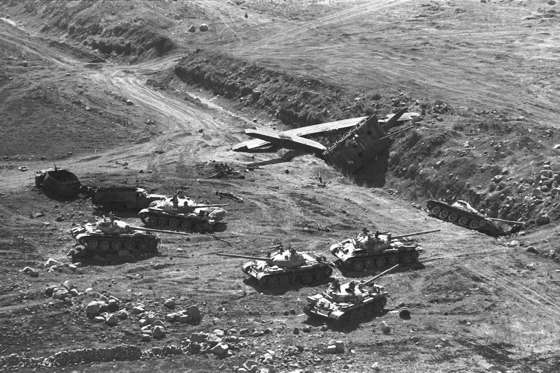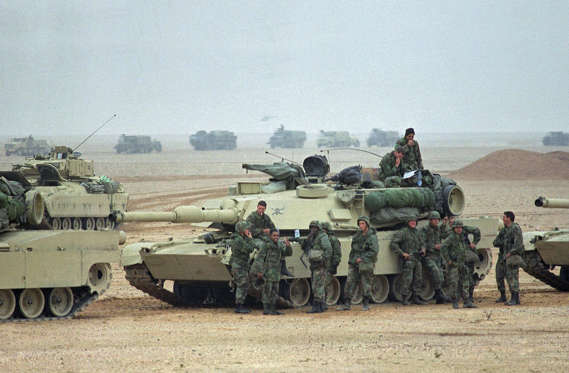manindra
Regular Member
- Joined
- Aug 30, 2012
- Messages
- 236
- Likes
- 338
Beasts of the battlefield: 21 fascinating facts about tanks


Tanks were used for the first time in September 1915 by the British Army during World War I at the Battle of the Somme. A century later, tanks continue to play a pivotal role during conflict.
-
Tanks were categorized according to their gender in World War I. Male tanks had cannons, female tanks had machine guns and prototype tanks were called “Little Willie.”(Pictured) Soldiers pass by a tank on their way to support French troops in Juvigny, France, during World War I.
During WWI, Germany devised effective tactics to tackle tanks and destroyed 72 percent of Allied tanks in a mere four days at the Battle of Amiens in 1918. The British Tank Corps that consisted of over 500 tanks was left with only 6 tanks by the end of the fourth day of the battle. (Pictured) An illustration by Achille Beltrame depicts the advance of cavalry and light tanks of the allied forces on the front of Amiens in 1918.
Britain and France were at the forefront of battle tank manufacturing industry with a total of 6,506 tanks. Meanwhile, Germany added a mere 20 tanks to its arsenal between 1916 and 1918. (Pictured) A 1917 image of a tank from World War I.
Produced by France from 1932 to 1940, the French Renault UE Chenillete is considered to be the smallest tank ever made. It was just under six feet long and a little taller than four feet. (Pictured) German soldiers inside a captured French UE during the Battle of France in June 1940.
The Battle of Kursk is considered to be the largest tank battle in history. The battle involved an estimated 23,000 tanks and over four million men. At the end of the battle, the Germans had lost 350 tanks, while Russian forces suffered a tank casualties of over 800 vehicles. (Pictured) Soviet soldiers walk past a burning T-34 tank during the Battle of Kursk, Russia, July 1943.
The French Army's main battle tank, the AMX-56 Leclerc, is reported to be the world's most expensive tank at an estimated cost of $12.5 million. (Pictured) Leclerc, drive down the Champs Elysees during the Bastille Day parade in Paris. -
-




















